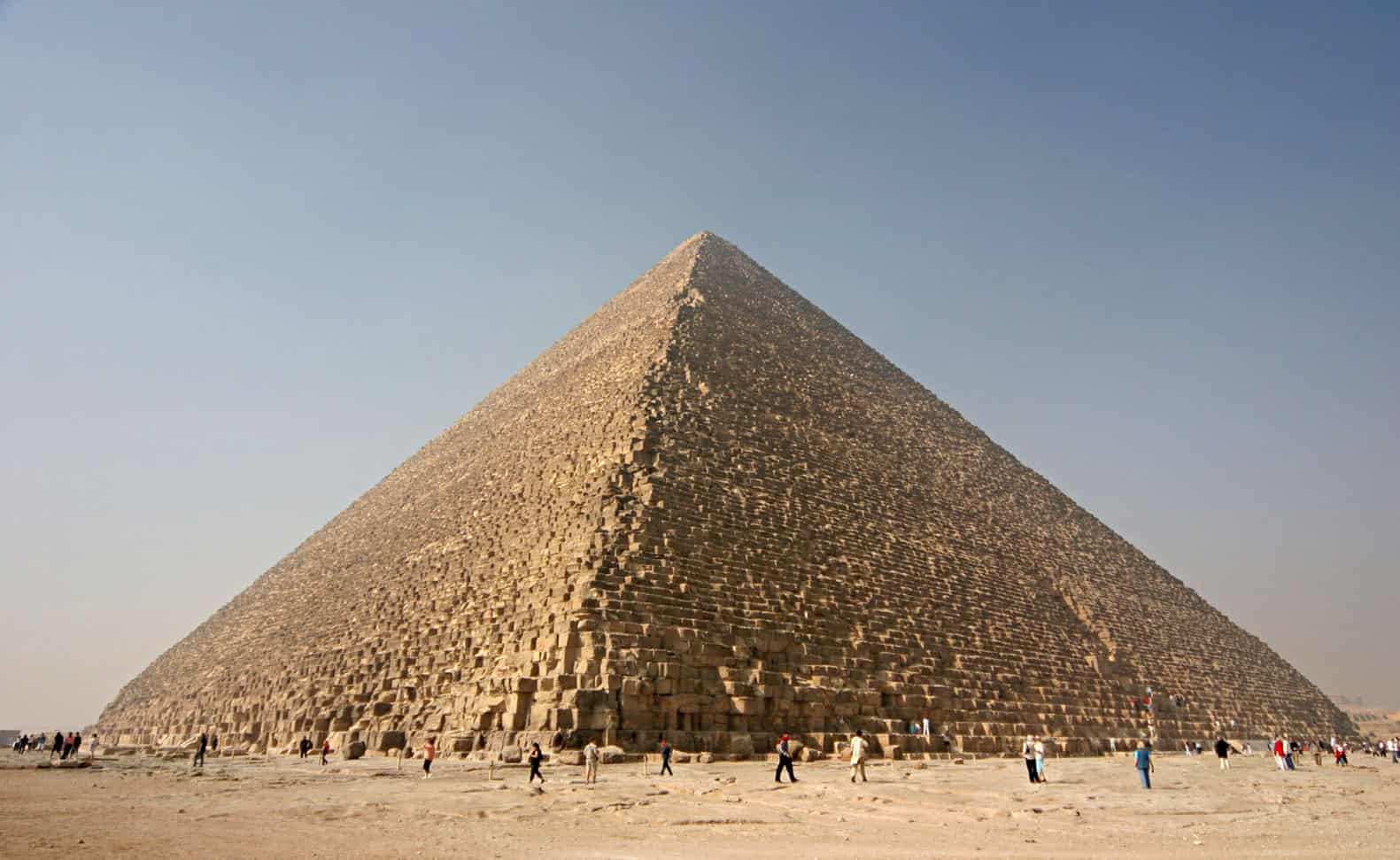An international team of researchers has discovered a hidden corridor near the main entrance of the 4,500-year-old Great Pyramid of Giza, the last of the Seven Wonders of the Ancient World still standing. The corridor measures nine meters (30 feet) and was first detected seven years ago using an imaging technique called muography.

The pyramid was built as a monumental tomb around 2,560 BC during the reign of the Pharaoh Khufu, or Cheops. It was built to a height of 146 meters but now stands at 139 meters because of erosion. Giza has allowed archaeologists to explore a long-vanished world by looking at tomb art, such as depictions of farmers, and other inscriptions and text.
However, its structure still holds many undiscovered secrets. Back in 2016, measurements by Japanese and French researchers provided evidence for the existence of the chamber. The work then continued under the Scan Pyramids Project, a program that uses scanning technology to look at unexplored sections of the ancient structure.
Looking into the pyramid
The scientists could sense density changes inside the pyramid by analyzing how it was penetrated by muons. These are by-products of cosmic rays that are partially absorbed by stone. The non-invasive technique identified an empty space about seven meters from the main entrance. This was also confirmed by radar and ultrasound tests.
“The pyramids are a World Heritage Site. This means we have to be especially careful when conducting our investigations so that we don’t damage anything,” Christian Grosse, one of the study authors, said in a media statement. “We worked with radar and ultrasound measuring devices that can be used on a non-destructive basis.”
The corridor is larger than what researchers had anticipated. The original measured data pointed to the existence of a corridor of at least five meters long. However, the study suggests it’s much longer. There is no evidence of human activity inside it, which suggests the corridor hasn’t been seen by anyone during the last 4,500 years.
Egyptian archaeologist Zahi Hawass told NBC News the discovery “is the most important discovery of the 21st century.” He speculated that “something important” could be hidden under the corridor. “I’m sure in a few months from now we can see if what I’m saying is correct or not,” he added, as the research work will soon continue.
The corridor was probably created to redistribute the pyramid’s weight around either the main entrance, now used by tourists, or another yet undiscovered space, said Mostafa Waziri, head of Egypt’s Supreme Council of Antiquities, in a press conference. “We’re going to continue our scanning so we’ll see what we can do,” he told reporters.
The study was published in the journal Nature Communications.


